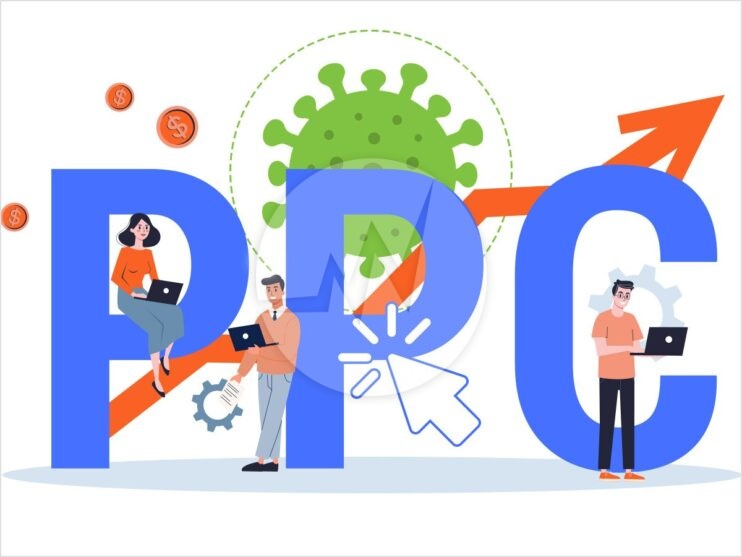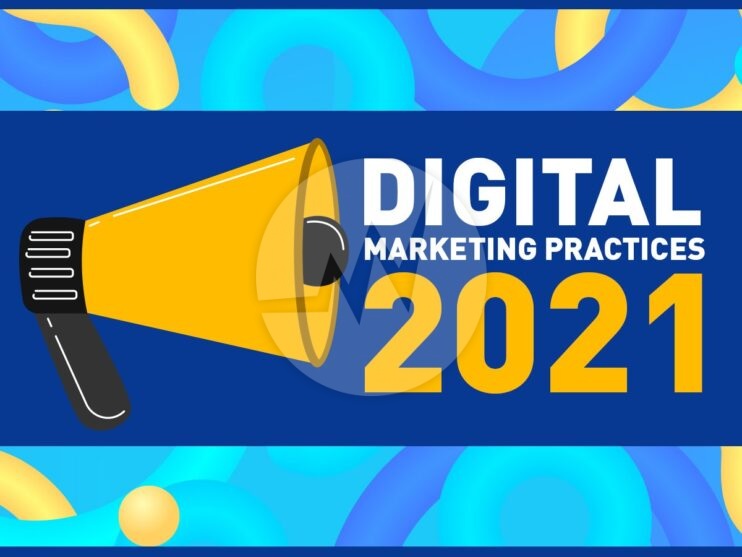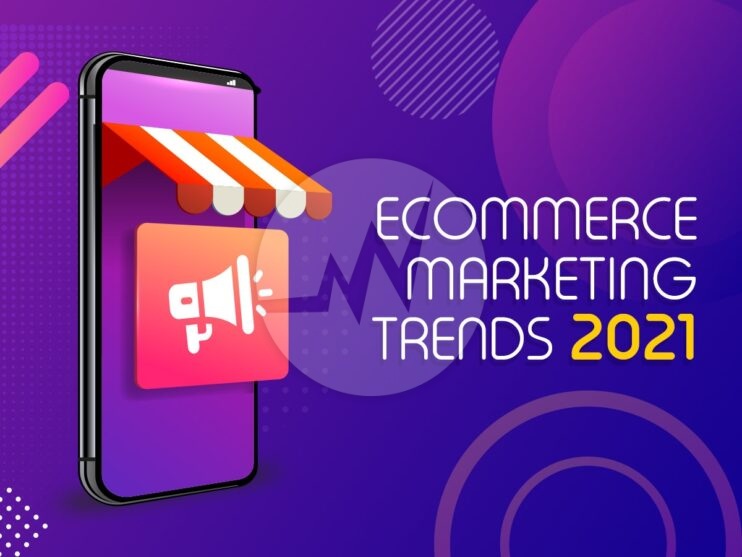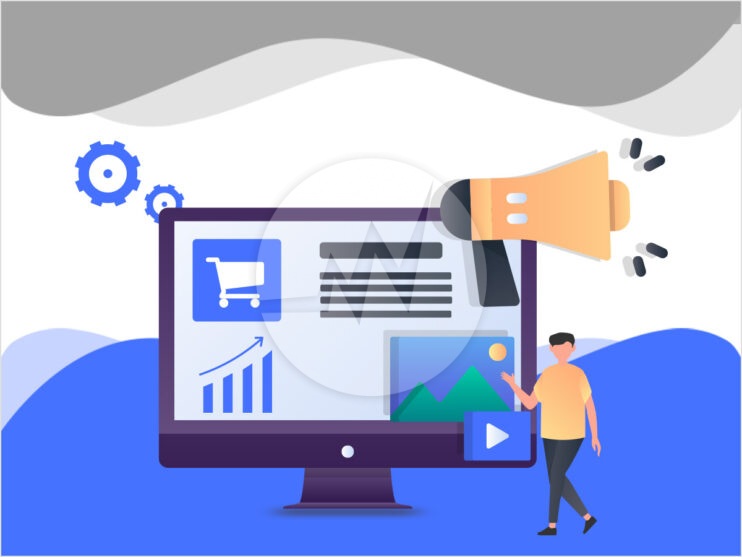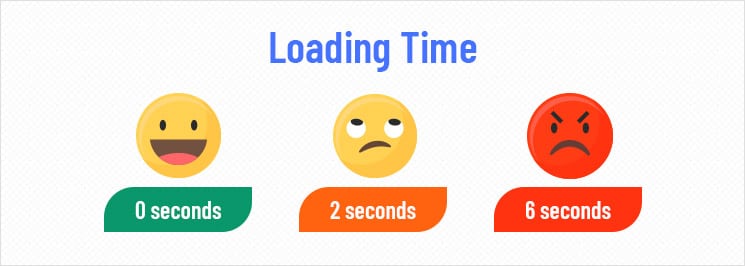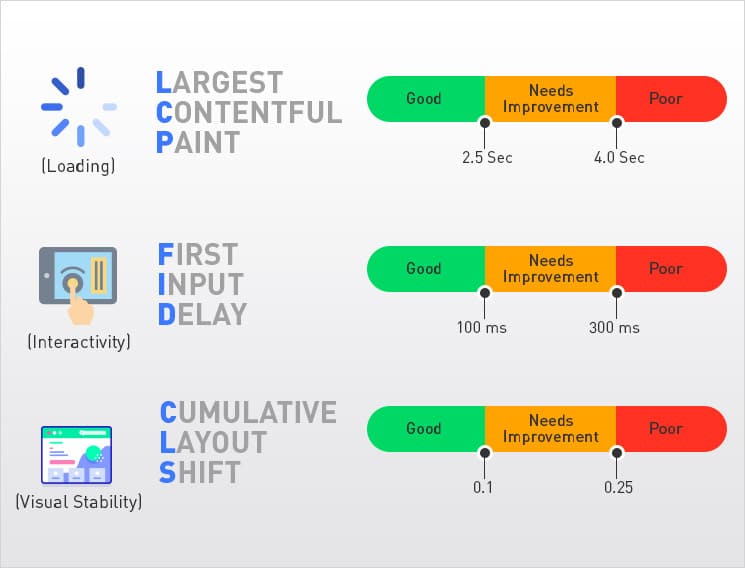According to a recent study, global sales in ecommerce are over a trillion US dollars – and the trend is rising. Every second number of business abroad today, most of them also conduct international digital marketing. Selling products abroad represents huge potential for ecommerce store owners. But global digital marketing is a real challenge. If you want to align your business strategy internationally, you must consider some special features and adapt your strategy accordingly. Skynet Technologies tells you in this article how international digital marketing can be a success.
1. Challenges in international digital marketing
Anyone who wants to work in cross-border ecommerce has several specific challenges. A suitable solution must be found for each of them in advance of internationalization. You may also require to look at eCommerce SEO tips which will help you boost your eCommerce store visits, and provide you with more conversion.
Language:
To do international digital marketing, you need employees who speak the language of the target country – ideally native speakers. Alternatively, you can also work with translators and/or foreign agencies. This is the only way to work together efficiently. Because the English language level in many countries is poor, which makes communication by phone difficult.
Cultural differences:
Each country not only has its own language, but also its own preferences. Your texts and the argumentation on your pages must be adapted to the language and culture of the target country, as well as the user experience and design.
Legal and economic conditions:
Different legal and economic framework conditions apply in the countries, which you must consider when internationalizing in order not to expose yourself to the risk of expensive legal disputes (e.g., warnings due to incorrect information on the website, etc.).
Competition:
International digital marketing faces the challenge that the competitive situation for individual industries differs greatly from one another. It may be that in a country it is much more difficult to place in the top positions than own country. With online campaigns (CPC) there are also strong differences in the costs per click in the respective countries and the prices for “sponsored posts” for link building. The latter is a special form of advertising that offers the option of placing high-quality content on relevant topics on an online publication.
Tools:
Many digital marketing tools do not cover all countries, so you must find alternatives. To determine visibility values for websites, a tool landscape must be developed.
Know-how:
The knowledge of digital marketing in some countries is partly outdated. If you look for cooperation partners for SEO projects, you will find many agencies that still offer web catalogues and bookmarks as link sources.
Due to these diverse hurdles, it is usually not enough to simply translate the website and advertising material, make small design adjustments and choose a uniform distribution channel. It is important to adapt texts, design, keywords, and sales channels to the market to create a high level of acceptance among the target group.
2. Which search engines are relevant?
Before developing a strategy for international digital marketing, it is important to check which search engines are relevant in the target countries. This is the only way to decide whether a website only needs to be optimized for Google or for other search engines. Because the ranking criteria in SEO sometimes differ significantly from one another. Since Google has a market share of almost 70% worldwide, it has a market-leading position in almost all countries.
3. Communication – an essential component for success in global digital marketing
Smooth and efficient communication with cooperation partners and translators is an essential component for success in international digital marketing. E-mails to agency partners, texts for link building and advertisements in the Search Engine Advertising (SEA) must be prepared and translated using the most important keywords in the respective country. It should be noted here that one does not blindly rely on the partners, but rather checks all services such as texts and links centrally to maintain quality.
When communicating with cooperation partners, country-specific features must be considered. It has proven to be a better approach to have the letters translated by native speakers and then use them to contact local partners.
After the initial communication takes place in the respective national language and the first hurdle has been overcome, further communication can then usually be continued in English. This preserves independence from freelancers and translators and can ultimately negotiate the terms of the cooperation independently.
4. Keyword analysis, link building: Best practice processes in international SEO & SEA
Keyword analysis:
When internationalizing web projects, a separate keyword strategy must be worked out for each country, both in SEO and in SEA, which forms the basis for all further optimization measures and precisely maps the search behaviour in the respective target country and for the respective target language. The strategy ensures that the website is found for all important keywords of the target country and the target language. The individual search behaviour for products and services can differ in individual countries. The Keyword Planner can be used to research the keywords that are important for the respective target country. In addition to the target country, the search can also be limited to one language. In addition, it has proven useful to include the top AdWords keywords in the analysis.
When developing a global keyword strategy, it must also be considered that the competition for an offer differs in the individual countries. The different strategies of the competitors must be considered in internationalization. If there is strong competition for a product in countries, this must be considered when allocating resources.
Content:
Do you have content that you would like to use internationally? For example, texts for your website or AdWords ad texts? Then it is important to have this translated into the desired language by experienced native speakers. This avoids cultural faux pas – because regardless of whether text, images, numbers, symbols, gestures, all content must fit and appeal. In addition, one and the same object has different names in different country.
Link building:
Since off-page optimization takes up around 50% of search engine optimization, country-specific conditions must be considered when building links to optimize the findability of your website in the target country and to guide users in a targeted manner. As part of the link building process, permanent cooperation partners should be used in the individual countries. The advantage: Off-page marketing is easily scalable; you can achieve a lot within a very short time without having to train your own employees first. It is important to ensure that, in addition to the language used, there is agreement between the top-level domain of the linked and the linked website, as this has a positive influence on the ranking.
Technology:
So that the right content of your website can be found in the right country, it must be ensured that all technical requirements are met and that search engines can assign content to country specific. First of all, the question of which Internet addresses (URLs) should be used to access the website in the future must be clarified. For international web projects, there are various ways to mark the respective country versions in the URL: A country-specific top-level domain, several subdomains or subdirectories can be used. The advantages and disadvantages of the individual implementation options can be found in the following table.
|
implementation |
Advantages and disadvantages |
| Country-specific top-level domain (TLD) |
Advantages:
+ Clear structure
+ Better chances of ranking / higher trust
+ Better adaptation to cultural conditions thanks to your own site
+ Only 1 country domain affected if punished |
Disadvantages:
– Great organizational effort
– SEO measures are necessary for every domain |
| Subdomains |
Advantages:
+ Easier to manage than TLDs
+ Possible penalties do not affect the main page |
Disadvantages:
– Measures for the main domain have no influence on the subdomain, separate SEO measures are necessary for the subdomain |
| Subdirectories |
Advantages:
+ Benefit from SEO measures for the main page
+ SEO measures for country subdirectories also benefit the main page.
+ Only one domain to maintain, technology central |
Disadvantages:
– Less intuitive than TLD
– Certain structure specified by the main page
– Penalizing a directory can affect the entire domain |
How do you ensure that a user from a certain country ends up on the correct country version? This problem arises particularly when entering generic top-level domains such as .com or .NET. Here, the user can automatically be forwarded to the corresponding country page through an IP-based mechanism. There it should then also be possible for user to access other country versions, for example via a menu, if the user was incorrectly assigned via the automatic system. However, if a user enters a specific country domain, for example www.example.fr, there is no selection option. However, if the comparison of the IP address of the inquiring party and the selected country version reveals a discrepancy, the user should be given the choice between the desired country and the “actual” location in a pop-up menu
If you use the rel = “alternate“ hreflang = “x“ link attribute, you ensure that Google understands the respective geographical orientation of the website and delivers the appropriate language version to the user. To avoid duplicate content, the integration of the hreflang tag is also important. This gives Google a better understanding of the project’s international website architecture. Duplicate content is used when identical content is used on different websites. But also, for Usability reasons “mixing” is not advisable, as the shipping costs differ in the individual countries. Click the link to know more about Multilingual SEO Services.
Google has recently been emphasizing its intention to make the Internet as fast as turning a page. Even slightly longer loading times already have an impact on the bounce and conversion rate, which is why the time it takes to fully load a page should be kept in mind. In the area of international digital marketing, the loading time of each language version must primarily be taken into account, especially when it comes to your own top-level domains.
If possible, each country version should be hosted in the respective country to show the search engines the relevance for the local ranking. But this is not possible with a subdomain.
Reporting:
Each web presence in a project for international digital marketing must be tracked individually. For this purpose, individual profiles must be created in the Webmaster Console and in Google Analytics for the individual language versions (whether at the top-level domain, subdomain, or subdirectory level). The advantage: The individual countries can be analysed separately and technical problems in a country (e.g., an accumulation of 404 errors) are discovered more quickly. In addition, backlinks, visibility, and rankings in the relevant search engines must be checked regularly.
5. Channels and their special features in internationalization
International SEA campaigns:
The development and support of international SEA campaigns poses challenges for digital marketers. The following points should be considered:
- The corresponding language version must exist for each website (no forwarding to the English language version!)
- Personnel for the generation and support of international campaigns
- Selection of advertising programs (Google is dominant here almost everywhere)
- Individual strategy for targeting
- Identification of global market potential
When creating and optimizing campaigns, it is important not to simply translate the original language campaign into the target language. Because the search behaviour in the individual countries is not the same, there are also many synonyms and words that cannot be translated “one to one” into the target language. To achieve a satisfactory quality here, one cannot avoid working with native speakers who also have SEA knowledge.
Each employee independently carries out keyword analyses in their own language, adapts the address in the ad texts to the specifics of the respective target market and continuously optimizes the campaigns based on search query reports.
Price search engines:
Since most price search engines in USA are well positioned, international expansion is worthwhile in many cases. Good quality data is the key to a successful campaign. The more precise the transmitted data, the easier it is to find it in price search engines. In the case of an international campaign, the language and currency of the feed must be adapted to the target country in advance. In addition, the feeds must be optimized for the respective price search engine.
Social media marketing:
To draw attention to yourself in a targeted manner, social media marketing can become your most important marketing tool in some countries when dealing with end customers. But here, too, it is important to keep a few special features in mind. If you want to implement international digital marketing, you must first identify the right platform for social media advertising. Even if Facebook plays a leading role in almost all countries, the most common platforms can be very different depending on the target group in the individual target countries. You also must find out about the different display options. Anyone who moves in foreign social media spheres should also be sensitized to cultural differences. Important: So that corporate communication takes place uniformly despite many languages,
Here is an overview of some countries and the predominant social networks there:
US
- Facebook 51.72%
- Pinterest 21.66%
- Twitter 21.96%
- Instagram 1.41%
Sequence of an international SEO project
The following is an example of the process for an international SEO project. High-quality backlinks should be generated for a website with several country domains.
Developing a keyword strategy:
At the beginning, a separate keyword set containing the most important keywords must be created for each country. This is important for the subsequent measurement of success. The keywords can be determined using SEO tools such as the Google Keyword Planner and a competition analysis with the respective local competitors. It must be remembered that the keywords cannot always be translated one to one. It may be that there are different translations for the same word in one country, but they do not have exactly the same meaning. If available, it has proven useful to use the top AdWords keywords from the respective country for SEO optimization.
Tip: The definition of the important keywords makes the work in international digital marketing easier, because in the first step analyzes are possible without knowledge of the native language. Who is ranking for the keyword in this country? Do you get a link here? This is sufficient to determine the relevant SEO values such as ranking position, etc. This means that there are no unnecessary costs for translations. Translation costs are then only incurred when creating texts.
Proceed further:
The further procedure in the individual countries is the same as for a national project. An editorial plan and a link building plan must be drawn up, the link building is worked with translators, the quality control is carried out by permanent employees.
Tip: Google Translator and free translation tools help to understand and understand the content of the respective page when building links.
The goals of the SEO measures were:
– Increase in sales
– Significant increase in market share
Challenges
In addition to the linguistic challenges in non-English and English-speaking countries, the demands and level of knowledge in SEO are also very different in many countries
Results
In the Non-English-speaking area, there were only a few differences to other projects, so quick successes were achieved. Despite some unpredictable additional challenges, it was possible to achieve considerable successes in most countries.
The disadvantage of the lack of or at least incomparable digital marketing structures in some countries is also the decisive advantage. With relatively little operational effort, the visibility and keyword rankings could be extremely improved. In just 6 months the visibility has increased by over 100% in many countries.
Do you want to expand your ecommerce store and celebrate success abroad? We are here for you! If you are looking for an ecommerce website development, shopping cart development, online store development and web application development, please explore our Ecommerce Solutions! If you are looking for ecommerce digital marketing, digital transformation, content marketing, ecommerce SEO services, online marketing, social media marketing, digital marketing strategies, search engine optimization services, PPC campaign management services and more, Please Explore our SEO Services!
